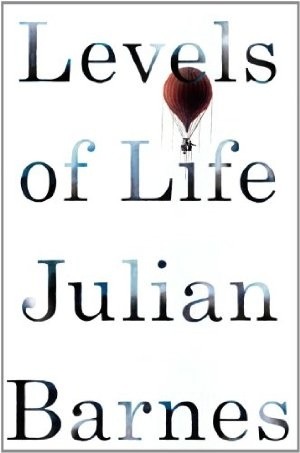More on this book
Community
Kindle Notes & Highlights
First Nietzsche, then Nadar. God is dead, and no longer there to see us. So we must see us. And Nadar gave us the distance, the height, to do so. He gave us God’s distance, the God’s-eye view.
We have lost God’s height, and gained Nadar’s; but we have also lost depth. Once, a long time ago, we could go down into the Underworld, where the dead still lived. Now, that metaphor is lost to us, and we can only go down literally:
There is the question of grief versus mourning. You can try to differentiate them by saying that grief is a state while mourning is a process; yet they inevitably overlap.
Grief is the negative image of love; and if there can be accumulation of love over the years, then why not of grief?
how am I to live? I must live as she would have wanted me to.
Death often brings out the bargainer in us.
We have lost the old metaphors, and must find new ones.
‘You marry to continue the conversation.’
This is what those who haven’t crossed the tropic of grief often fail to understand: the fact that someone is dead may mean that they are not alive, but doesn’t mean that they do not exist.
‘You Can’t Hurry Grief’.
When might you expect to be ‘over it’?
(perhaps it only applies in the States, where emotional optimism is a constitutional duty),
Sehnsucht,
‘the longing for something’.
Not so much loneliness as her-lessness.
‘The cure for loneliness is solitude,’
Pain shows that you have not forgotten; pain enhances the flavour of memory; pain is a proof of love. ‘If it didn’t matter, it wouldn’t matter.’
When grief becomes ‘just’ the memory of grief – if it ever does.
When the world reverts to being ‘just’ the world, and life feels once more as if it is taking place on the flat, on the level.
Sometimes, you want to go on loving the pain.
We may say we are fighting cancer, but cancer is merely fighting us; we may think we have beaten it, when it has only gone away to regroup.


